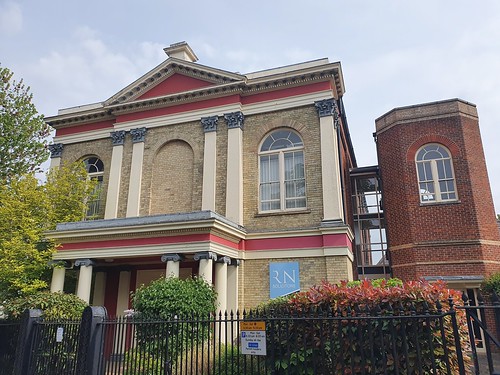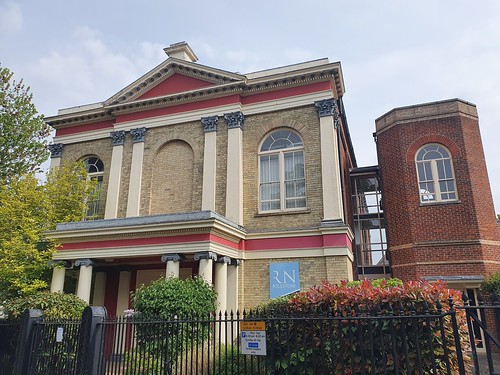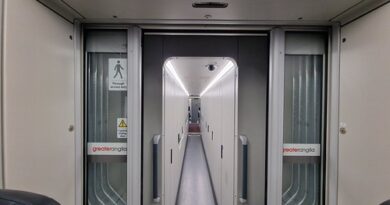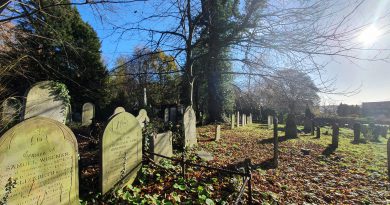Streets of Norwich – Willow Lane
Part of my Streets of Norwich project…. [updated in October 2023]
Willow Lane connects St. Giles Street to Cow Hill, a looping road that is shaped by the St. Giles’s Church site. The lane takes its name from the willow trees which were once on the south side in the seventeenth century, with the Mayor of Norwich being responsible for checking them. Despite this being a relatively short road, there are nine listed buildings along it.
This is the St. Giles Street end of the road, the building on the right (which is 53 St. Giles Street) is the side of Ellis Second Hand Books and then the building behind is 1 Willow Lane, an early nineteenth-century residential property which was sold in 2019.
The next building along is a former Catholic church which was built in 1827 by JT Patience, which was then turned into a Catholic school. The building is now used by Rogers & Norton solicitors and George Plunkett has a photo of when the building was still used as a school.
Looking back towards St. Giles Street, the former church is on the left behind the fence.
What looks like a Georgian building on the left, the entrance to the former church site is now on the right of this photo.
The series of buildings on the left-hand side are early nineteenth-century residential buildings, which remain as houses. The white building on the right-hand side is number 9, also known as Willow Lane House, an eighteenth-century residential building that has been converted into offices.
The brick building on the right is 15 Willow Lane and is a seventeenth-century residential building that was extended in the nineteenth century. It was also the home of Francis Blomefield (1705-1752) who was a local historian who wrote the ‘History of Norfolk’. The building was used as a boarding house in 1939, so the register gives an interesting look at its occupants. There were:
Mary and Stanley Page (boarding house owner and husband was a hairdresser)
Barbara Dash (assistant in grocer’s shop)
Alice Nicholls (billiards room attendant)
Sarah Barber (private nurse)
Jacob Black (steel bender)
Mary Black (unpaid domestic duties, wife of Jacob)
Elizabeth Ledleve (boot and shoe branding).
There were also two other people on the register where the record remains closed, so it’s possible that they’re still alive.
Looking back the street from the Cow Hill end. The street feels very Georgian and unchanged, and there’s also the hidden property that was once the George Borrow museum, where the author lived between 1816 and 1824. However, this now has more in common with Cow Hill, so more on that in another post.
Norfolk Pubs also suggests that there might have been a licensed premises called the Cellar House located along the street in the early nineteenth century.











